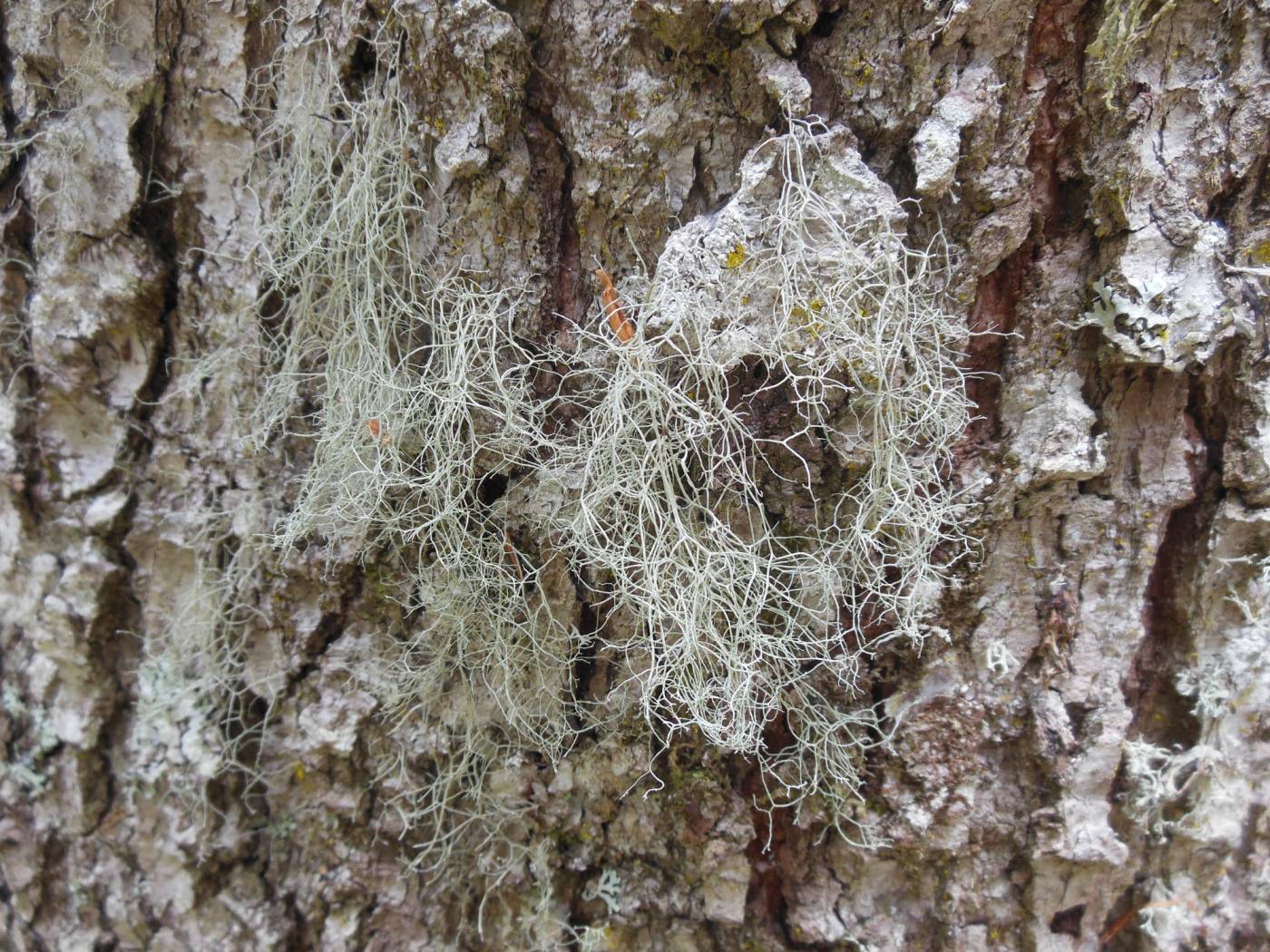A fruticose lichen with long pendent thalli, resembling Alectoria sarmentosa or Usnea species. It is distinguished by small terminal soralia. It has a boreal-montane distribution and is epiphytic mainly on tree branches (especially spruce) in humid old growth forests. Occasionally, it may also grow on wood or rocks. In Europe, it is a rare and declining species. Ramalina thrausta is very sensitive to air pollution and microclimatic changes, e.g., resulting from forest management. In central Europe, it is more abundant only in the Alps. There are historical records from the area of the Czech Republic, specifically from the Šumava Mts and Žďárské vrchy Highlands, and from the Písek and Liberec regions. The last finding was documented in the 1990s in the southeast part of the Šumava Mts (Liška et al. 1998). It was a single small thallus from the Plešné jezero glacial cirque (Z. Palice, unpubl.). It is possibly extinct here.
Literature: Liška J., Dětinský R. & Palice Z. (1998): A project on distribution changes of lichens in the Czech Republic. – Sauteria 9: 351–360.
taxonomic classification:Ascomycota → Lecanoromycetes → Lecanorales → Ramalinaceae → Ramalina
Red List (Liška & Palice 2010):CR – critically endangered
Red List (Malíček 2023):A – no recent data
Occurrence in the Czech Republic
All records: 13, confirmed 13. One click on a selected square displays particular record(s), including their source(s).

